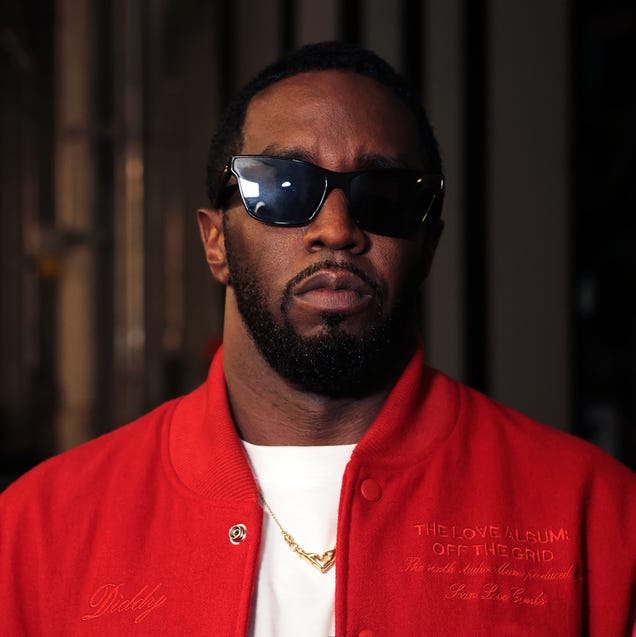When we think of the Civil Rights Movement, names like Martin Luther King Jr., Rosa Parks, and Malcolm X instantly come to mind. While these courageous individuals played pivotal roles, countless unsung heroes also made remarkable contributions to the fight for racial equality. In this post, we'll shine a light on some lesser-known but equally inspiring leaders of the Civil Rights Movement.
Gloria Richardson: The Force Behind the Cambridge Movement
Gloria Richardson, a fearless activist and organizer, led the Cambridge Movement in Maryland during the early 1960s. Demanding desegregation, economic justice, and political representation for African Americans, she fought tirelessly and even confronted the National Guard. Richardson's efforts led to the establishment of the Cambridge Nonviolent Action Committee, a vital force for change in the Civil Rights Movement.
Bayard Rustin: The Master Strategist
Bayard Rustin was an indispensable figure in the Civil Rights Movement. As an openly gay man, he faced discrimination not only for his race but also for his sexual orientation. Despite the challenges, Rustin became a master strategist and a key adviser to Martin Luther King Jr. His organizational skills were instrumental in the success of the Montgomery Bus Boycott and the 1963 March on Washington, where King delivered his iconic "I Have a Dream" speech.
Septima Poinsette Clark: The Mother of the Movement
Often called the "Mother of the Movement," Septima Poinsette Clark was an educator and activist who believed in the power of knowledge. Clark helped establish Citizenship Schools, which educated African Americans on literacy, voting rights, and civic engagement. Her innovative approach to education empowered countless individuals, inspiring them to fight for their rights and transform their communities.
Fred Shuttlesworth: The Fearless Minister
Fred Shuttlesworth, a Baptist minister from Alabama, was another unsung hero of the Civil Rights Movement. He co-founded the Southern Christian Leadership Conference (SCLC) alongside Martin Luther King Jr. and Ralph Abernathy. Shuttlesworth's fearless activism in the face of violence and oppression made him a key figure in the fight for desegregation and voting rights in the Deep South.
Fannie Lou Hamer: The Voice of the Mississippi Movement
Fannie Lou Hamer, a sharecropper turned civil rights activist, became a powerful voice in the Mississippi Freedom Democratic Party (MFDP). Hamer's heartfelt testimony at the 1964 Democratic National Convention shed light on the struggles faced by African Americans in the Jim Crow South. Her unwavering dedication to voting rights and racial justice helped pave the way for the passage of the Voting Rights Act of 1965.
In conclusion, it's essential to recognize and celebrate the many unsung heroes who played a vital role in the Civil Rights Movement. By understanding their stories, we can appreciate the diverse range of individuals who fought for justice and equality, and continue to draw inspiration from their resilience and bravery.


